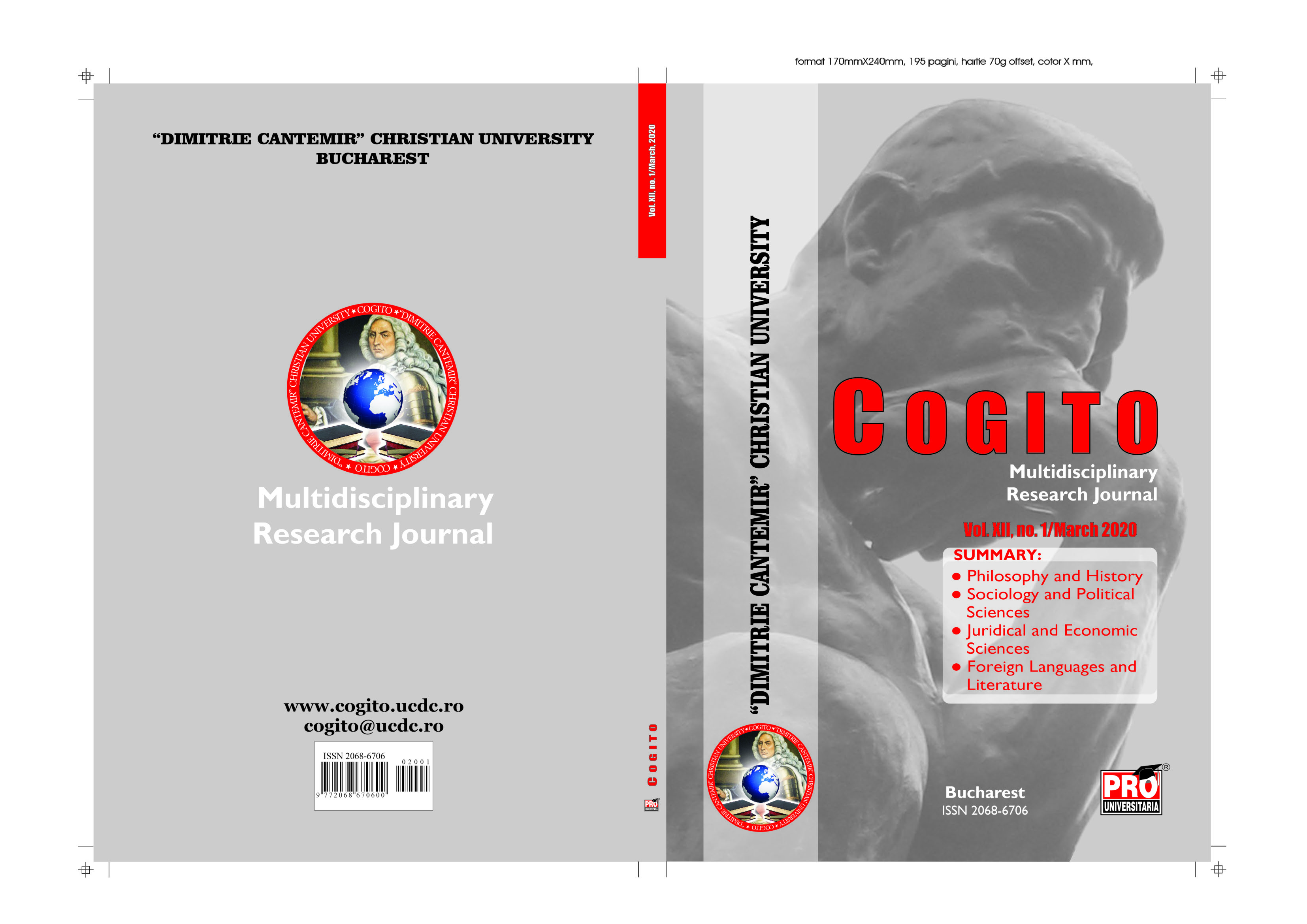ASSESSING POST 1991 ETHIOPIA’S INDUSTRIALIZATION AND INDUSTRIAL POLICY
ASSESSING POST 1991 ETHIOPIA’S INDUSTRIALIZATION AND INDUSTRIAL POLICY
Author(s): Fesseha-Mulu Gebremariam, Bizuayehu-Daba FeyisaSubject(s): Law, Constitution, Jurisprudence, Civil Law
Published by: Editura Pro Universitaria
Keywords: Development; EPRDF; Industrialization; Industrial Policy; Industrial Sector;
Summary/Abstract: Ethiopia is still largely an agrarian state where 80-85% of its population’s livelihood depends on agriculture. Beginning from the Imperial regime in the early 20th Century, Ethiopia has gone through various regimes and their development policies, strategies and programs. In the post-1991, following the downfall of the Dergue regime by Ethiopian People’s Revolutionary Democratic Front (EPRDF) led guerrilla fighting, Ethiopia has witnessed a wide range of economic and policy reforms first under the SAP sponsored by the WB/IMF, and, later as of the early 2000s, the ruling party install developmental oriented economic programmes adopted from Asian tigers to transform the country's economy from an agrarian-based to industrial and service-led one. And, this desk research aims to assess Ethiopia’s industrial policy and its industrialization experience after 1991. The study found out that it is as of the early 2000s Ethiopia has able to experience a meaningful change in the manufacturing and industrial sector in which the share of the sector to the GDP of the state improved significantly from 39.8% in 2013/14 FY to 46.57% by the end of GTPII in the FY2019/20. Despite such change, the sector is affected by lack of sufficient well-trained manpower, capital and infrastructure, bad governance, absence of institutions that will support the sector etc.
Journal: Cogito - Multidisciplinary research Journal
- Issue Year: 2020
- Issue No: 1
- Page Range: 132-159
- Page Count: 28
- Language: English
- Content File-PDF

